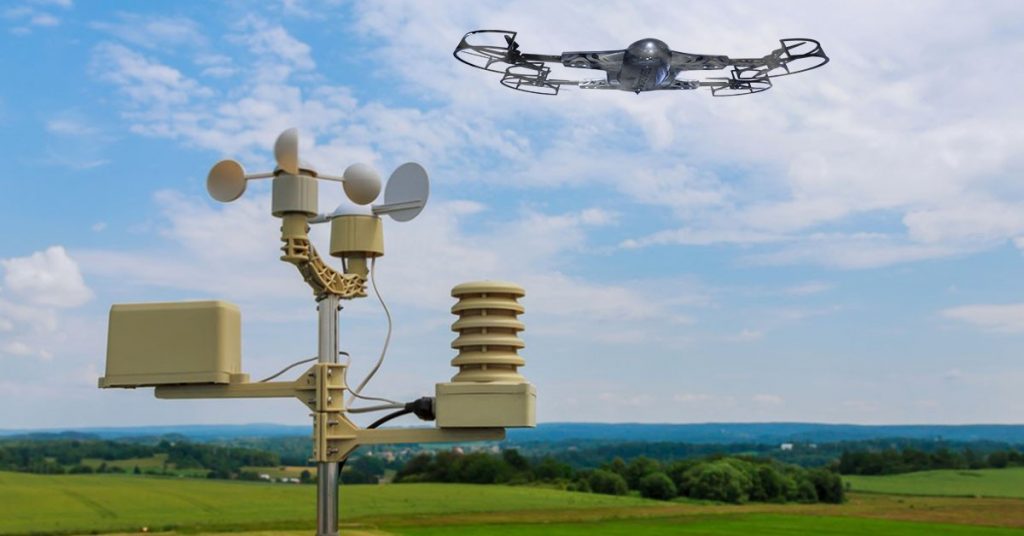Weather Conditions and Drone Performance: How to Fly Safely
Drones have revolutionized industries such as photography, agriculture, surveillance, and delivery services, but their performance is significantly influenced by weather conditions. Understanding how environmental factors affect drone operations is crucial for ensuring safe and efficient flights. Unfavorable weather can lead to stability issues, reduced battery life, and even potential damage to the drone, making it essential for pilots to assess conditions before takeoff.
Wind is one of the most critical factors impacting drone performance. While drones are designed with stabilization systems, strong winds can overpower their motors, causing instability, drifting, or loss of control. Lighter drones are particularly vulnerable to turbulence, and gusts exceeding the drone’s wind resistance rating can make maneuvering difficult. Checking wind speed forecasts and avoiding flights in high winds is essential to maintain safe operation.
Rain and moisture also pose significant risks to drones, as most models are not water-resistant. Exposure to rain can lead to water damage, short-circuiting the drone's electronics and causing malfunctions. High humidity levels can contribute to condensation inside the drone, affecting its sensors and reducing battery efficiency. If drone flights are necessary in humid conditions, proper storage and protective measures should be taken to minimize moisture exposure.
Extreme temperatures can have a substantial impact on drone batteries and overall flight performance. Cold temperatures cause lithium-polymer (LiPo) batteries to lose efficiency, leading to shorter flight durations and potential power loss during operation. Propellers may also become brittle in freezing conditions, increasing the likelihood of breakage. On the other hand, excessive heat can cause batteries and onboard electronics to overheat, reducing performance and lifespan. To mitigate these effects, pilots should preheat batteries before flying in cold weather and allow cooling breaks in high temperatures.
Fog and low-visibility conditions present additional challenges for drone navigation. In dense fog, obstacle detection systems may struggle to identify hazards, increasing the risk of collisions. Moreover, poor visibility makes it harder for pilots to maintain line-of-sight control, which is a critical safety requirement for drone operations. Using drones equipped with advanced GPS tracking and obstacle avoidance technology can improve safety in low-visibility conditions, but flights should still be conducted with caution.
To ensure safe drone operations, pilots must always check weather conditions before flight, understand their drone’s limitations, and adapt flight plans accordingly. Investing in weather-resistant drones or accessories, such as waterproof casings and wind-resistant propellers, can enhance performance in challenging environments. By prioritizing safety and taking necessary precautions, drone operators can minimize risks while maximizing efficiency and reliability in various weather conditions.
.png)






Leave a Comment
Your email address will not be published. Required fields are marked *